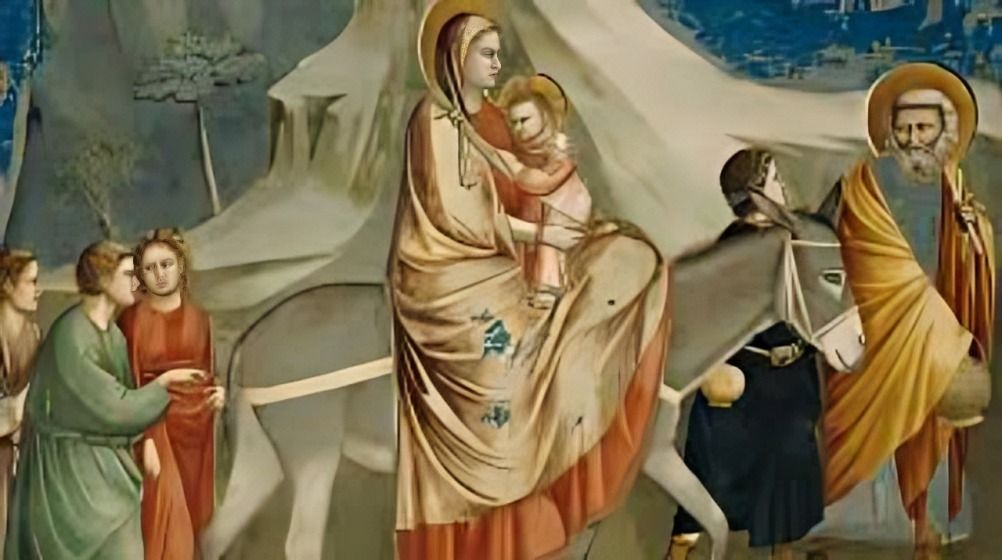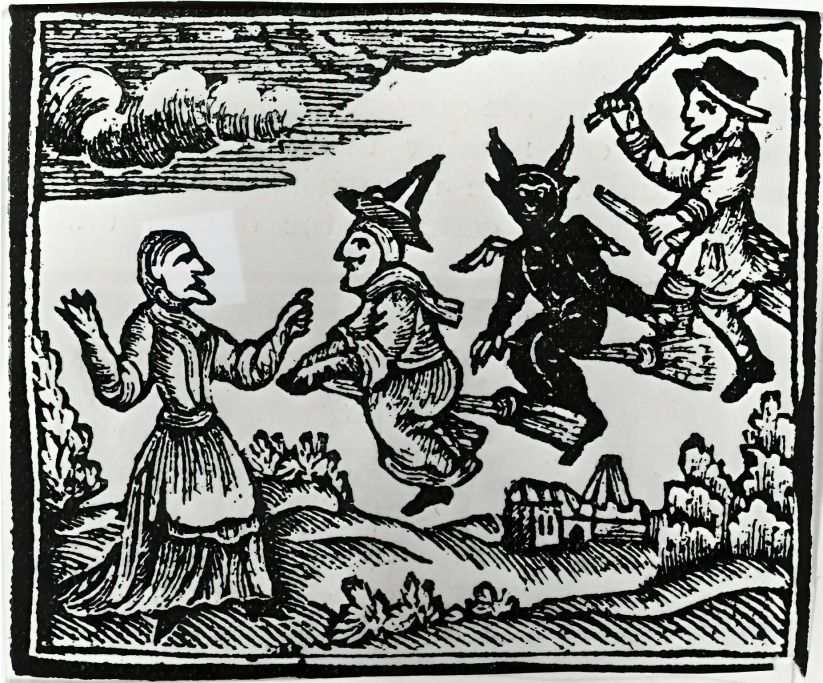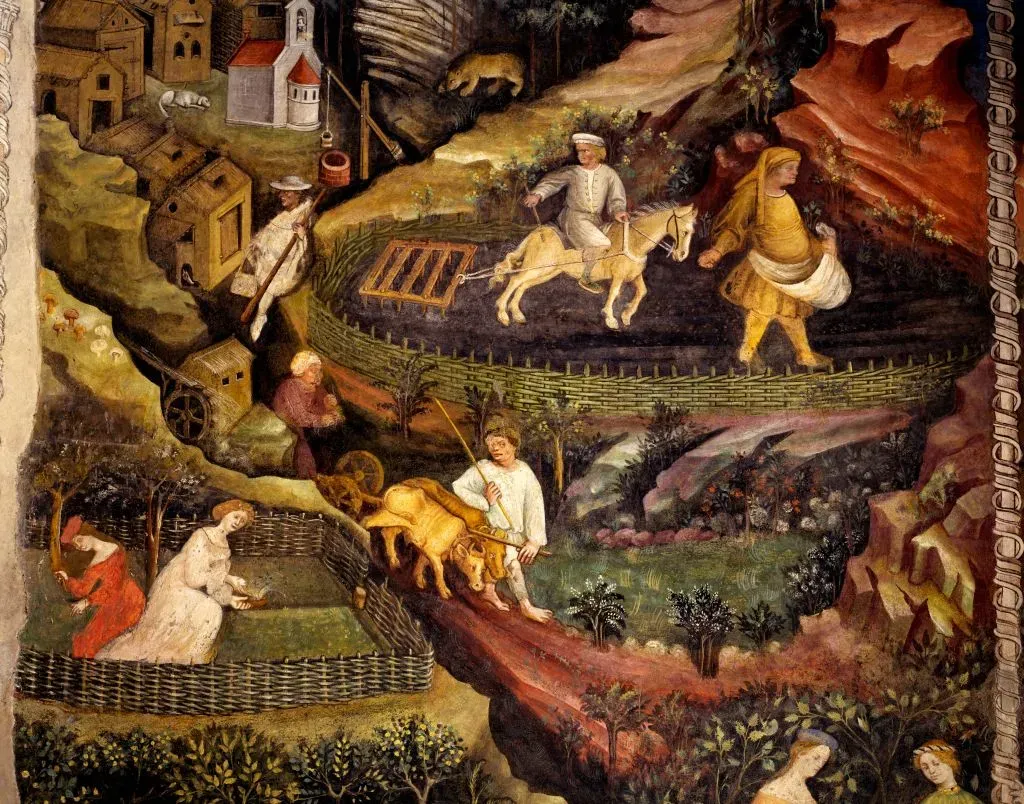
“
Women in early medieval societies played complex and influential roles, often shaping cultural, political, and familial dynamics behind the scenes. From managing estates to influencing alliances, their contributions were pivotal in shaping medieval life. While often overshadowed by men in historical records, women also participated in religious reforms and served as queens, advisors, and educators.1
”
Medieval women had limited legal rights, with property controlled by male relatives. However, noblewomen sometimes held power, managing households and their husband's affairs, especially if he was incapacitated or absent. 1
In the Middle Ages, women were largely defined by gender roles as wives, mothers, and caregivers. Their education, legal rights, and opportunities for power were limited, reinforcing their subordinate position in society. 2
Noblewomen held titles like queen, while women could become nuns or abbesses, overseeing convents. Peasant women often served as midwives or wet nurses, caring for pregnant women and newborns in their communities. 3
Women's rights grew due to the Cult of the Virgin Mary, courtly love, chivalry, and the Black Death. The pandemic allowed women to take over and operate their deceased husband's businesses. 4

The Cult of the Virgin Mary, declared in 431, highlighted women’s dual role in Christianity: both as the source of humanity's fall and the means of redemption through Jesus Christ's birth.
In the Late Middle Ages, women like Saint Catherine of Siena and Saint Teresa of Ávila influenced theological discussions and church reform, later being declared Doctors of the Roman Catholic Church. 5
Women in Anglo-Saxon England owned property, made wills, and inherited land, showcasing autonomy and legal rights that surpassed those of women in later feudal societies. 6
During the Medieval Period, women's primary role was as mothers, with society often viewing them through Biblical teachings. They were subservient and oppressed due to religious and societal expectations. 7
Witches, often women with knowledge and power, were either respected or persecuted. During witch hunts, women deviating from societal norms were at risk, leading to their villainization and brutal punishment. 8

Witches, often healers using herbs and ancient medical knowledge, helped treat diseases in a time without modern medicine. As fear grew, the church expanded the definition of witches to include them.
In the Middle Ages, elite women were expected to obey husbands, guard virtue, bear children, and manage large households. Those who followed these roles often faced significant responsibilities in maintaining the household. 9
Noble women, through their positions and kinship, played key roles in cultural and political life. As regents, they exercised full feudal, economic, political, and judicial powers on behalf of husbands or heirs. 10
In 12th-century Salerno, Trota wrote Treatments for Women, a key medical text on childbirth and women's health, drawing on Ancient Greek and Roman knowledge to address ailments and possible treatments. 11
Peasant women had more labor equality than noblewomen, yet most scholars agree they still faced subordinate roles, much like women in other medieval social classes, reflecting broader societal gender inequality during the period. 12

Lower-class women in the Middle Ages worked as bakers, brewers, artisans, and tenant farmers, alongside their families. Under the feudal system, lords controlled their lives, including those of wives and daughters.
In the Early Middle Ages, lords decided serf girls' marriages, treating them as property. After marriage, husbands controlled women's interests and behavior, leading to women’s limited mention in legal matters. 13
During the High Middle Ages, trade and the rise of the middle class provided women more opportunities. Guilds played a key role in expanding women's rights and responsibilities, especially in Spain and France. 14
Women in the bourgeoisie could work in trades and inherit businesses, but were paid less due to their legal status. They also increasingly appeared in legal documents, sometimes fined for trespasses, unlike earlier times. 15
The Church upheld women's inferiority but acknowledged their value, recognizing them as individuals. In 12th-century Denmark, the Church ruled rape a crime against women, not just their fathers or husbands. 16
Medieval women were not passive victims; they navigated patriarchal obstacles, taking over businesses, succeeding in guilds, and even forming their own, like Italy's textile guilds, to create new opportunities. 17


